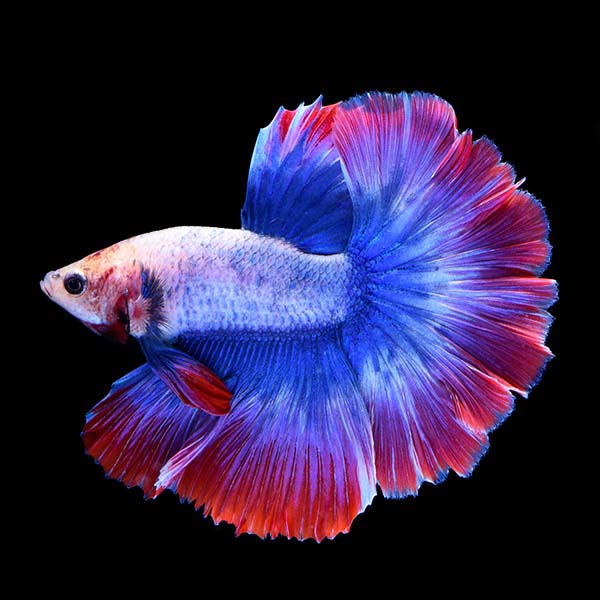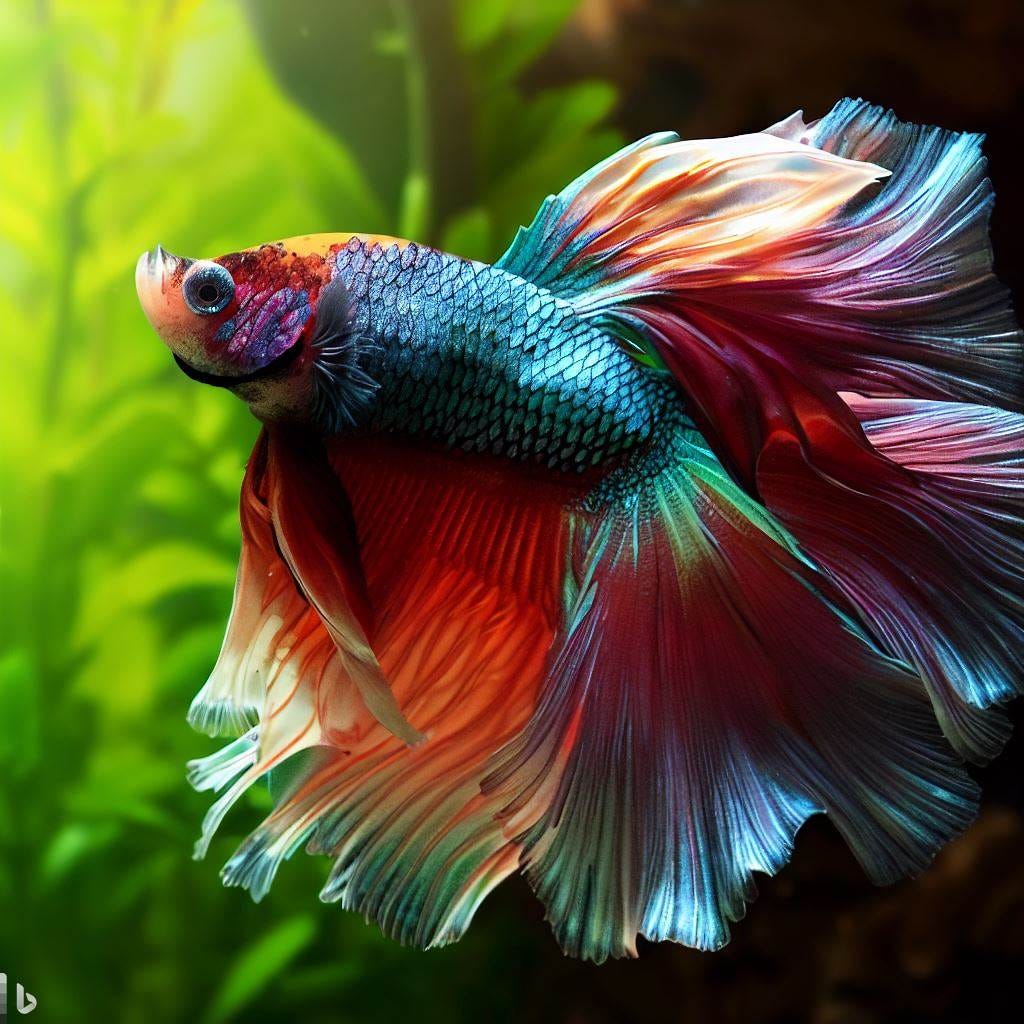Betta Fish Life-span: Just How to Guarantee Your Betta Lives Longer
Betta Fish Life-span: Just How to Guarantee Your Betta Lives Longer
Blog Article
How to Reproduce Betta Fish Effectively: Expert Strategies and Insights for Hobbyists Seeking To Increase Their Betta Collection
Breeding Betta fish calls for a nuanced understanding of genes and ecological conditions, making it necessary for hobbyists to come close to the process with both diligence and care. Creating an optimum reproduction environment, choosing the right pairs, and observing the complexities of their courtship actions are fundamental actions that can significantly impact the outcome.
Comprehending Betta Fish Genetics
Recognizing the genes of Betta fish is critical for successful breeding, as it influences characteristics such as shade, fin shape, and habits. Betta fish display a diverse range of colors and patterns, mostly identified by their genetic makeup. The primary genes responsible for coloration include the "B" gene for blue, "D" genetics for red, and the "C" genetics for shade strength. Breeders can manipulate these characteristics by selecting certain parent fish that display desired characteristics.
Along with coloration, fin morphology is an additional substantial element of Betta genetics (betta fish). The sizes and shape of fins are affected by different genetics, consisting of those that identify whether the fins are short, long, or veil-shaped. Recognizing these hereditary variations aids breeders predict the phenotypic end results of their children
Furthermore, behavior attributes such as aggressiveness and territoriality can additionally be affected by genetics. These actions play a crucial function in the reproducing process, as they can influence generating success and the general temperament of the resulting fry. By thoroughly understanding these hereditary principles, dog breeders can make educated choices, eventually enhancing their reproduction programs and accomplishing preferable results.
Preparing the Breeding Atmosphere
Creating an optimum breeding setting is crucial for the effective reproduction of Betta fish. The initial step in preparing this setting is to choose an appropriate reproduction container, ideally varying from 5 to 10 gallons. This dimension enables adequate swimming space and the establishment of regions. The tank must be equipped with a heating unit to keep a stable temperature in between 78 ° F and 80 ° F, which is essential for motivating generating behavior.
Next, consider the usage of a sponge filter or an air rock to give mild water circulation without producing strong currents that can worry the fish. It is crucial to install plants or breeding cones to offer hiding areas and advertise convenience for the woman throughout the spawning procedure. Drifting plants, such as Java moss or water sprite, can additionally develop an extra all-natural setting while helping with bubble nest building by the man.
Prior to presenting the reproducing sets, make sure the water is conditioned and without harmful chemicals, such as chlorine or heavy steels. betta fish. Normal water adjustments need to be performed to maintain optimum water top quality, enhancing the opportunities of effective reproduction. With these prep work in location, the breeding environment will sustain the wellness and health of both Betta fish
Choosing Breeding Pairs
Selecting the right breeding pairs is critical for achieving effective Betta fish recreation. When selecting your breeding sets, think about a number of betta fish essential aspects consisting of health and wellness, character, and genetics. Healthy and balanced Betta fish display dynamic colors, clear eyes, and energetic habits. Selecting fish that are cost-free from illness guarantees a better opportunity of creating practical offspring.
Temperament is an additional essential factor to read this article consider, as Betta fish are understood for their hostile nature. It is recommended to pick a male and lady that display suitable temperaments to decrease stress and anxiety during the reproducing process. A calm man can motivate a smoother courtship, while a lady that is too hostile may interrupt the procedure.
Genetic history additionally plays a substantial role in the top quality of the offspring. Breeding fish that are genetically varied can reduce the danger of genetic health problems and enhance the general vitality of the fry. It is advantageous to investigate the family tree of both the male and woman, concentrating on desirable qualities such as fin kind, color scheme, and size.
The Breeding Refine
The reproduction process of Betta fish needs cautious preparation and attention to information to ensure a successful result. It is vital to prepare a suitable breeding container, preferably a 5-10 gallon fish tank with a temperature maintained at 78-80 ° F. The tank ought to be furnished with a heating system, filter (ideally sponge kind to stay clear of solid currents), and lots of marine plants for the lady to conceal.
Once the environment is set, introduce the selected breeding set to the tank, permitting them to adjust. Observe their habits; the male will display fancy courtship rituals, consisting of flaring his fins and building a bubble nest. If the female shows interest, she will show upright red stripes indicating readiness for spawning.
When the woman is responsive, both will certainly take part in a mating embrace, during which the male feeds the eggs. It is crucial to check their communications carefully, as the male may come to be hostile. After spawning, remove the lady to stop possible damage. The male will certainly often tend to the eggs, which normally hatch within 24-36 hours. Maintaining optimum water problems during this duration is vital for the development of healthy Betta fry.
Taking Care Of Betta Fry

Feeding Betta fry is critical, as they require a diet high in healthy protein. Initially, they can be fed infusoria or liquid fry food, transitioning to finely crushed high-grade pellets as they grow. Feed tiny portions multiple times a day to encourage healthy growth without overwhelming the storage tank with leftover food.

As they mature, check their growth very closely and separate any kind of aggressive people to avoid harm. By supplying a supporting atmosphere and correct nutrition, hobbyists can efficiently raise Betta fry right into vibrant, healthy fish, inevitably enhancing their reproduction endeavors.
Final Thought
Successful Betta fish breeding needs careful interest to hereditary option, ecological problems, and treatment for the fry. By recognizing the genes of Betta fish and preparing an ideal reproduction setting, enthusiasts can boost the chances of creating dynamic, healthy offspring.
Report this page